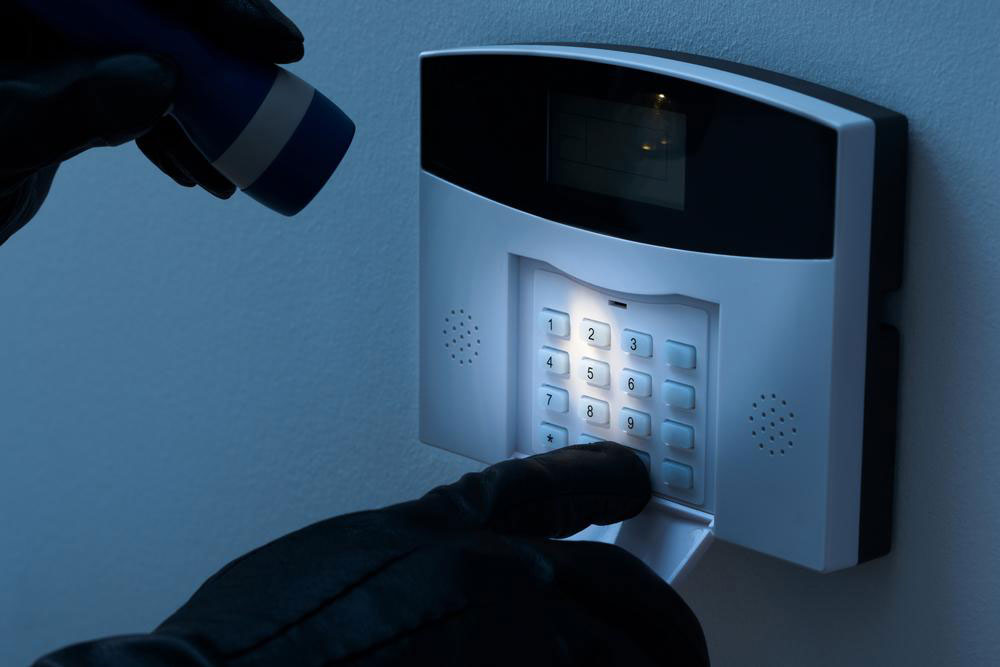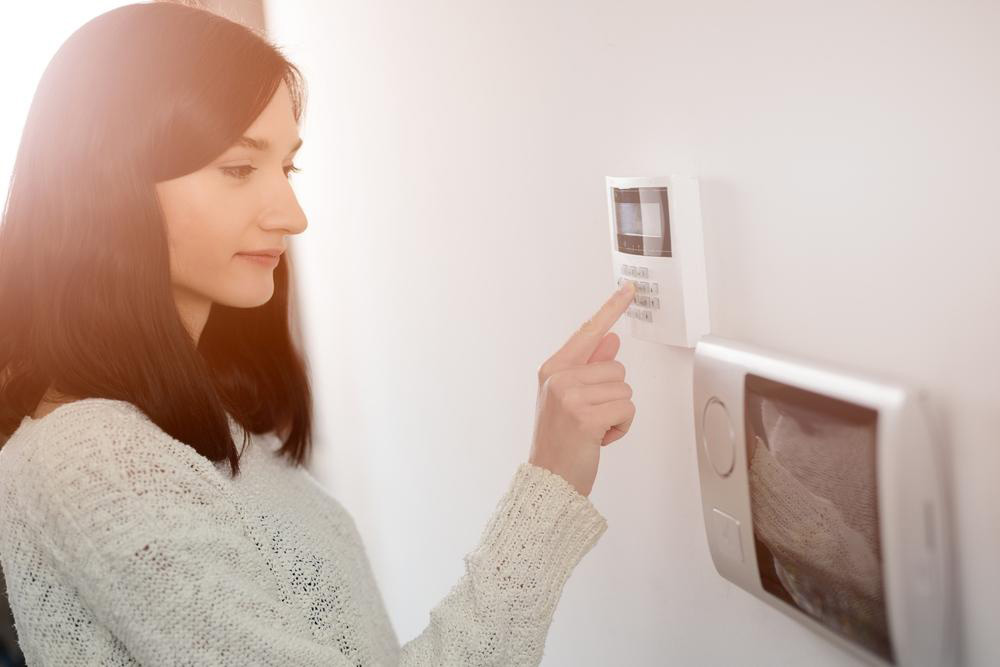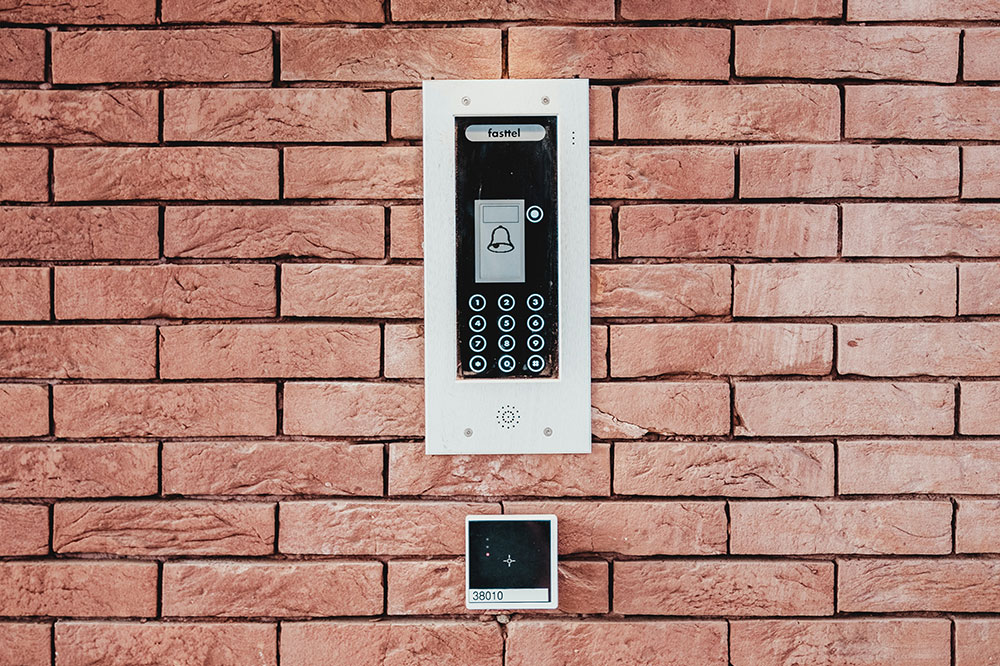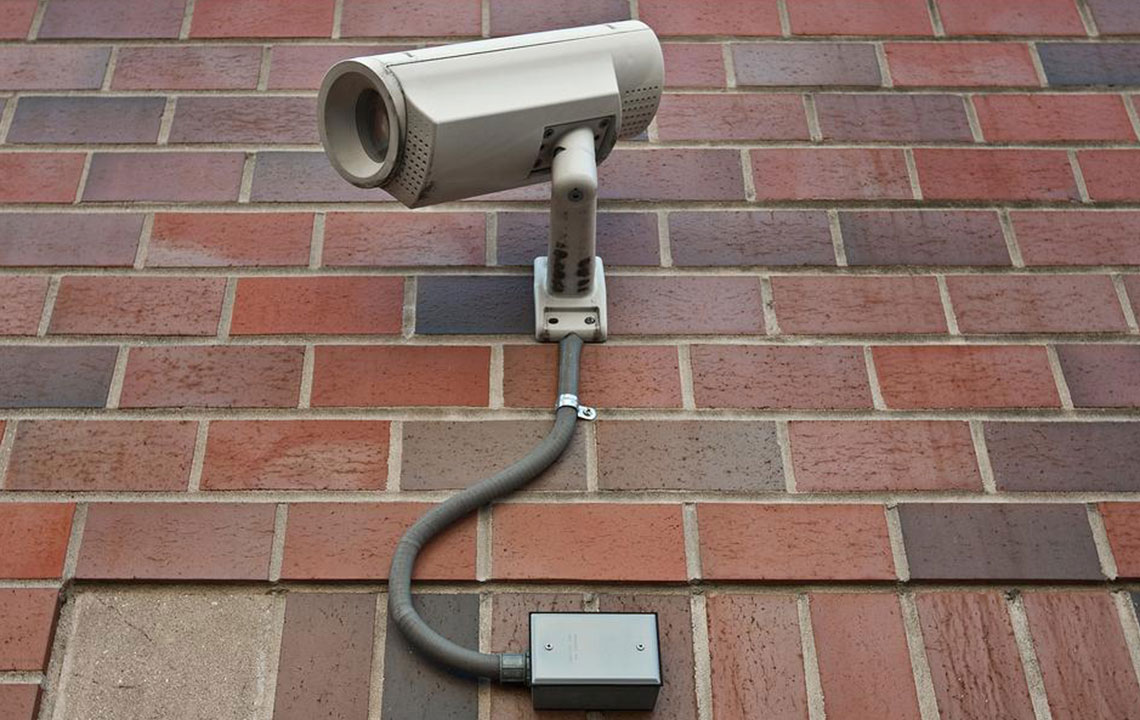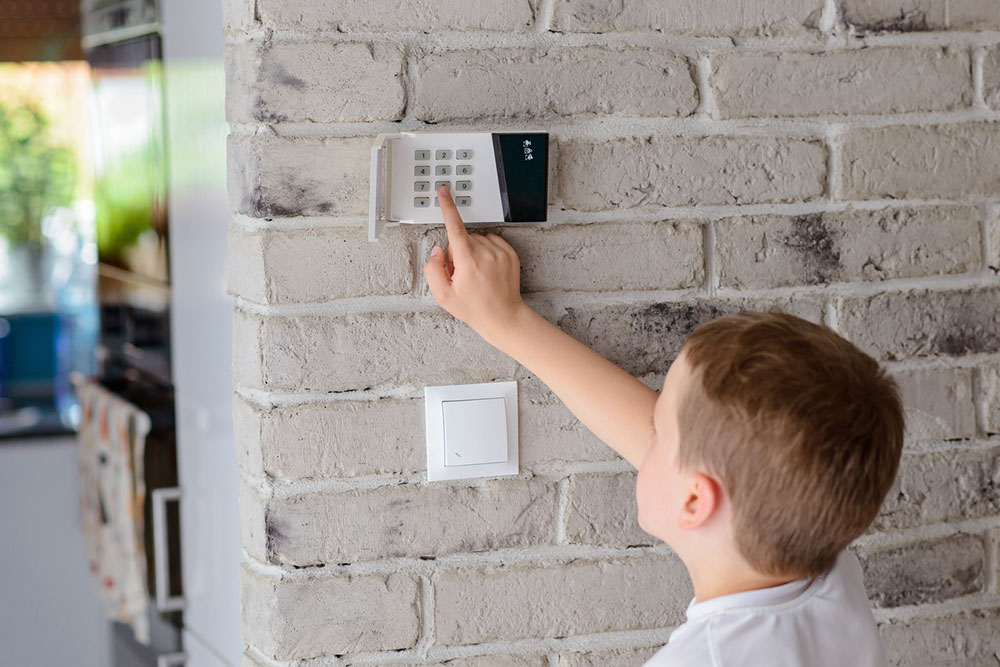The Ultimate Guide to Selecting Optimal Home Security Systems for Your Residence
This comprehensive guide discusses how to select the best home security system tailored to your home’s layout, needs, and budget. It covers essential features, modern technology integrations, installation tips, and advantages and disadvantages to help homeowners make informed decisions. Whether you prefer DIY solutions or professional setups, this article aims to enhance your understanding of home safety options, enabling you to choose systems that provide peace of mind and reliable protection for your loved ones and property.
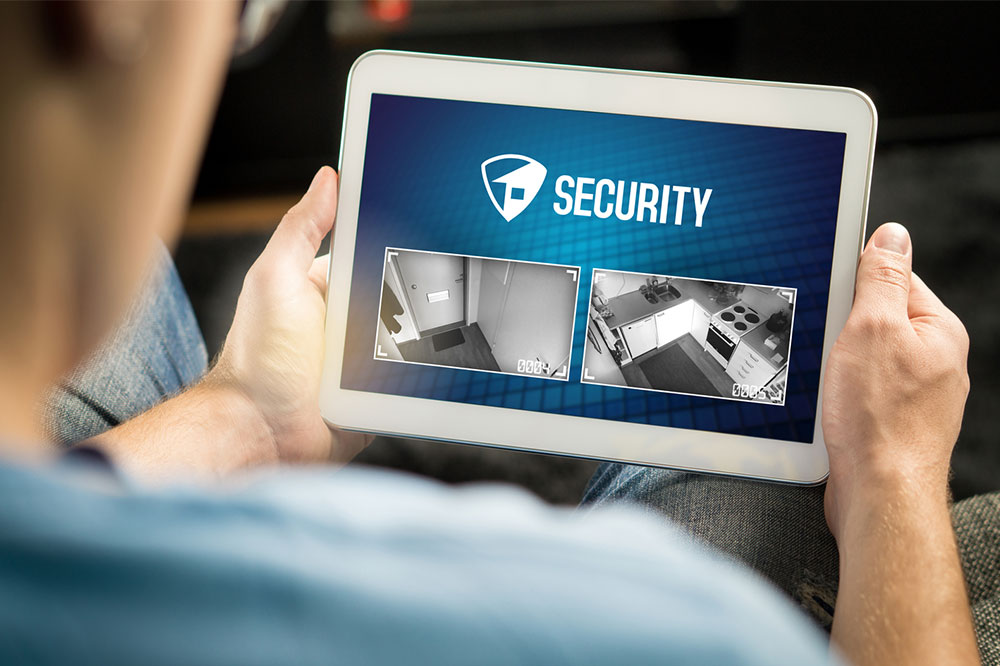
Comprehensive Guide to Choosing the Most Suitable Home Security Solutions
Securing your home is a top priority for homeowners seeking peace of mind, safety, and convenience. As technology advances, the array of home security options has expanded considerably, catering to various needs, budgets, and preferences. From comprehensive professional installations by trusted security companies to simple do-it-yourself (DIY) systems manageable via smartphones, the choices can seem overwhelming. The key is understanding your specific requirements, home layout, lifestyle, and financial considerations to select the best system that offers reliable protection, ease of use, and value for money.
In this extensive guide, we will explore critical factors to consider when choosing a home security system, the essential features to evaluate, the latest technology integrations, and practical tips to optimize security coverage. Whether you live in a compact apartment, a large family house, or a property with unique vulnerabilities, this guide aims to help you make an informed decision that enhances your safety and peace of mind.
Key Factors to Consider When Selecting a Home Security System
Valuable belongings and assets needing protection
Size, layout, and unique structural features of your home
Household routines and activity patterns
Available budget and long-term costs
Installation complexity and personal technical skills
Understanding these elements helps in tailoring a security solution that covers all vulnerable points, offers manageable operation, and aligns with your financial plans. Striking a balance between comprehensive security and affordability is essential to achieving optimal protection without unnecessary expenditure.
Critical Features to Assess in Residential Security Systems
Before settling on a specific security system, it’s vital to identify the key assets, entry points, and areas requiring surveillance. Modern security solutions come equipped with a vast array of features designed to address various risks, such as theft, vandalism, environmental hazards, and even emergencies like fires or medical crises.
The choice of features largely depends on your home’s specific needs. Today, three main types of security systems dominate the market:
Environmental Sensors
These systems include detectors for smoke, carbon monoxide, water leaks, and freezing temperatures. They are especially suitable for older or vulnerable homes where environmental hazards pose significant risks. Their primary purpose is to alert homeowners or emergency services before a situation becomes critical.
Security Devices
Equipment such as outdoor cameras, burglar alarms, glass-break sensors, and motion detectors fall into this category. They act as deterrents to intruders and provide real-time alerts of suspicious activities, helping prevent theft, vandalism, or unauthorized entry.
Smart Home Automation Integration
This innovative approach combines security with home automation systems, allowing homeowners to remotely control lighting, door locks, thermostats, and security cameras. Automating routine tasks enhances safety, increases energy efficiency, and provides peace of mind.
Popular Home Security Devices and Features
Video Doorbells and Cameras
Video doorbells enable homeowners to see, communicate with visitors, and monitor package deliveries remotely, providing a strong front-line defense.
Indoor Cameras and Baby Monitors
Help oversee children, pets, or caregivers inside the home, ensuring surveillance and peace of mind when you're away.
Motion-Activated Cameras and Outdoor Lights
Trigger alerts and illumination upon detecting movement, effective in catching intruders or wildlife.
Wearable Panic Buttons
Personal emergency devices particularly valuable for seniors or individuals with health concerns, offering quick access to help.
Door and Window Sensors
Notify you if a door or window is tampered with or opened unexpectedly.
Glass Break Detectors
Alert you to the sound of shattering glass, deterring or catching intruders in the act.
Motion Sensors
Detect movement inside or outside your home, triggering alarms or notifications.
Integrated Smart Home Systems
Combine various devices into a centralized system controllable via apps or voice assistants like Amazon Alexa or Google Assistant.
Wireless Monitoring Systems
Use radio frequency technology for quick installation, less wiring hassle, and reliable operation, including during power outages.
Gas and Water Leak Sensors
Detect hazardous gases like CO and water leaks to prevent property damage and health risks.
Two-Way Voice Communication
Facilitate direct communication with visitors or emergency responders through intercom functions integrated with cameras.
Fire and Smoke Detectors
Provide early warnings to mitigate fire hazards and inhalation of smoke or toxic gases.
How to Determine the Appropriate System Size and Budget
Choosing the right security system size depends on your home's dimensions and the areas you need to monitor. Smaller residences or apartments might opt for DIY solutions or compact setups, while larger homes may require professionally installed systems with multiple zones of coverage. Ensure all key entry points—front door, back door, basement windows, side entrances, garage doors, and other vulnerable areas—are protected.
Cost factors extend beyond initial purchase; consider ongoing subscription fees, maintenance costs, and potential upgrades. Balance your budget with the efficacy of the security features. While affordability is important, do not compromise on essential security functionalities that safeguard your loved ones and property.
Advantages and Limitations of Home Security Systems
Like any technology, security systems come with benefits and potential drawbacks you should evaluate before making a final decision.
Advantages:
Enhanced Peace of Mind: Rest easy knowing that your home and family are protected by reliable systems that can alert you or authorities in case of emergencies.
Increased Safety: Protects against break-ins, vandalism, environmental hazards, and even medical emergencies with integrated emergency button features.
DIY Friendly Installations: Many modern systems are designed for easy setup and customization, saving on installation costs and allowing quick deployment.
Remote Monitoring and Management: Manage your home security remotely via smartphone apps, receive instant alerts, and view live footage from anywhere.
Insurance Benefits: Installing a comprehensive security system can lower your home insurance premiums, thanks to decreased risk of theft or damage.
Disadvantages:
Potential for Forgetfulness: People might forget to activate their systems when leaving home. Many systems now support remote arming to help mitigate this issue.
Technical Challenges: DIY installations may encounter technical or wiring difficulties requiring patience and technical know-how.
False Alarms: Incorrect triggers can lead to unnecessary alert dispatches, which may result in fines or inconvenience, especially for elderly users or those with mobility challenges.
Cost Considerations: High-quality equipment and ongoing service subscriptions can be costly, with initial setup ranging from hundreds to thousands of dollars. DIY options tend to be cheaper but may offer fewer features or lower reliability.
In conclusion, selecting the right home security system is a critical decision that can significantly enhance your safety and peace of mind. By understanding your specific needs, evaluating the available features, and balancing costs and benefits, you can choose a solution tailored to your home environment. Remember, the ultimate goal is to create a secure, convenient, and affordable home environment that protects what matters most.

